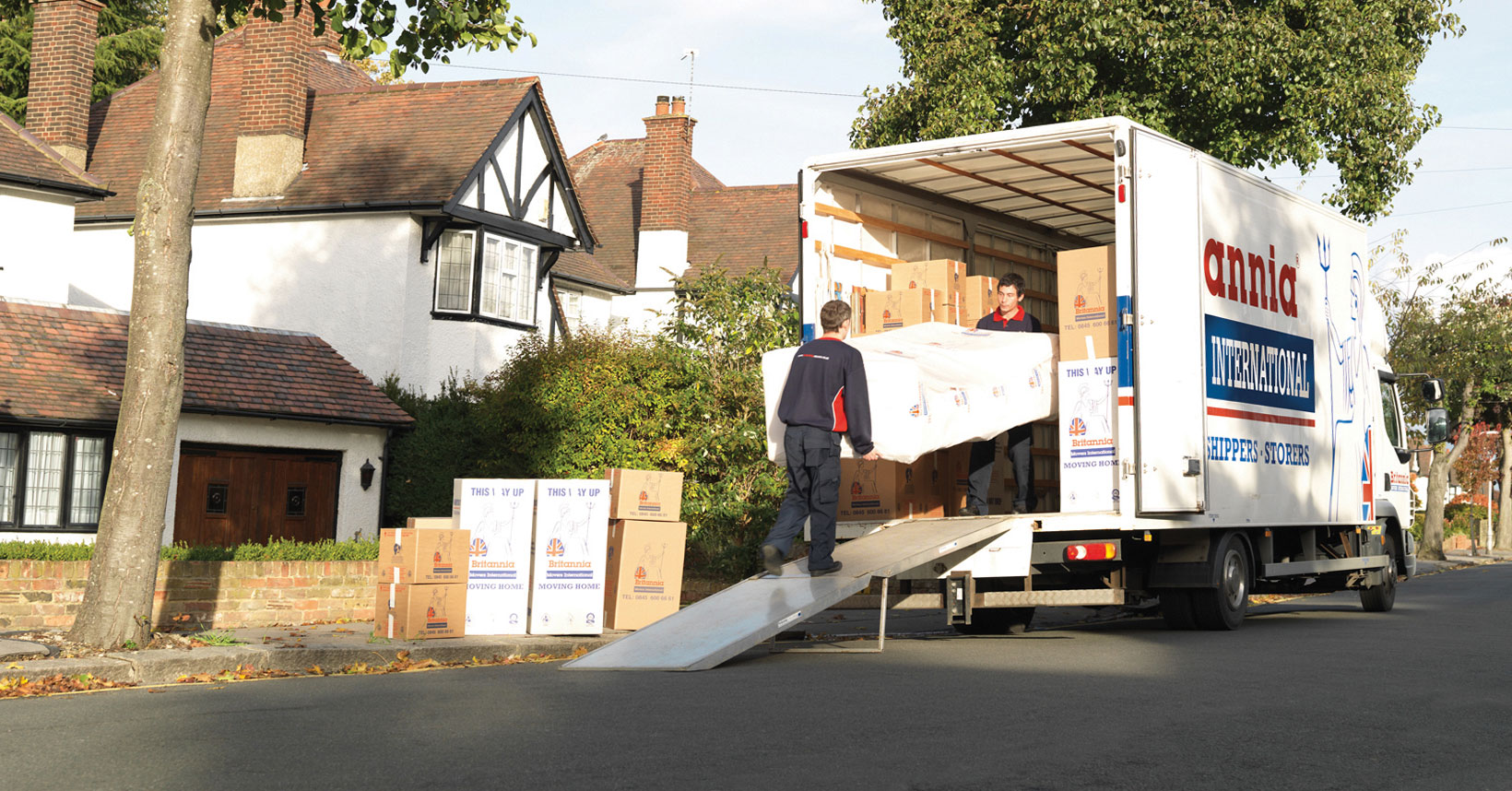The number of people moving home dropped by just under a third (31%) in the first half of 2020, as the global pandemic temporarily halted the property market due to lockdown restrictions. In the first six months of this year, 106,985 people moved house, down 48,535 (31%) compared with the same period in 2019, according to the Lloyds Bank Homemover Review.
This is the fourth consecutive annual fall and the greatest decline since the 2008 banking crisis. In the past decade, the volume of homemovers was at its highest peak in the first half of 2016 when 167,820 people moved to another property.

The number of people moving home dropped by just under a third (31%) in the first half of 2020, as the global pandemic temporarily halted the property market due to lockdown restrictions.
Jo Harris, Managing Director at Lloyds Bank, said: “Never before have we seen the property market shut down in the way lockdown demanded. While a drop in homemovers by a third is a significant decline, and the largest drop we’ve seen in the UK since 2009, some may have predicted this figure to have been even lower, demonstrating the resilience of the UK housing market. The current Stamp Duty holiday and pent up demand has brightened the housing market outlook once again. While uncertainty around the lasting impact of the pandemic remains, at least for now the house market looks buoyant, with many people planning their next move after months spent at home during lockdown.”
All UK regions have seen the number of homemovers fall in the first half of 2020. Greater London has seen the smallest fall of 25% and Scotland the largest by 37% when compared to the same period in 2019.
Homemovers account for just under half (48%) of the housing market and below f irst-time buyers for third consecutive year. In 2010, 62% of buyers were those moving up the ladder as opposed to first-time buyers.
House prices and deposits
In the last five years, the average price paid by homemovers has grown by £83,553 (33%) to £339,062.
The East Midlands has seen the highest growth of £74,734 (39%) to £266,569 followed by South East and Greater London (both 36%) and West Midlands (35%). London remains the most expensive region with an average price of £658,450 compared to Northern Ireland with an average price of £194,028.
The average deposit required by homemovers has increased by 16% over the past five years from £89,909 in 2015 to £104,264 in 2020 – the third consecutive year that the average has topped £100,000.
The largest deposits are to be found in London at £206,374 (31% of purchase price), followed by South East at £145,275, South West (£114,207) and East Anglia (£109,054) – while all other regions have deposits at less than £100,000. Northern Ireland has the smallest average deposit required at £57,162 but has seen the biggest increase over the past five years at 32%.
Average ages and property types
Homemovers are getting younger with an average age of 39, compared to 42 in 2010. The oldest homemovers are in the East Midlands and Scotland (both 40 years old)and the youngest are in London (37 years old).
Detached and semi-detached homes are the most popular homemover property types, each with a 30% and 29% share respectively. Over the past 10 years, detached homes have increased in popularity with homemovers from 21% in 2010 to 30%. Over the same period, the proportion of flats purchased has decreased by 5% to 9% and terraced houses by 4% to 23%. Only in London, do we see terraced homes (37%) and flats (28%) being more popular for homemovers.

Detached and semi-detached homes are the most popular homemover property types, each with a 30% and 29% share respectively.
Source: Lloyds Bank





